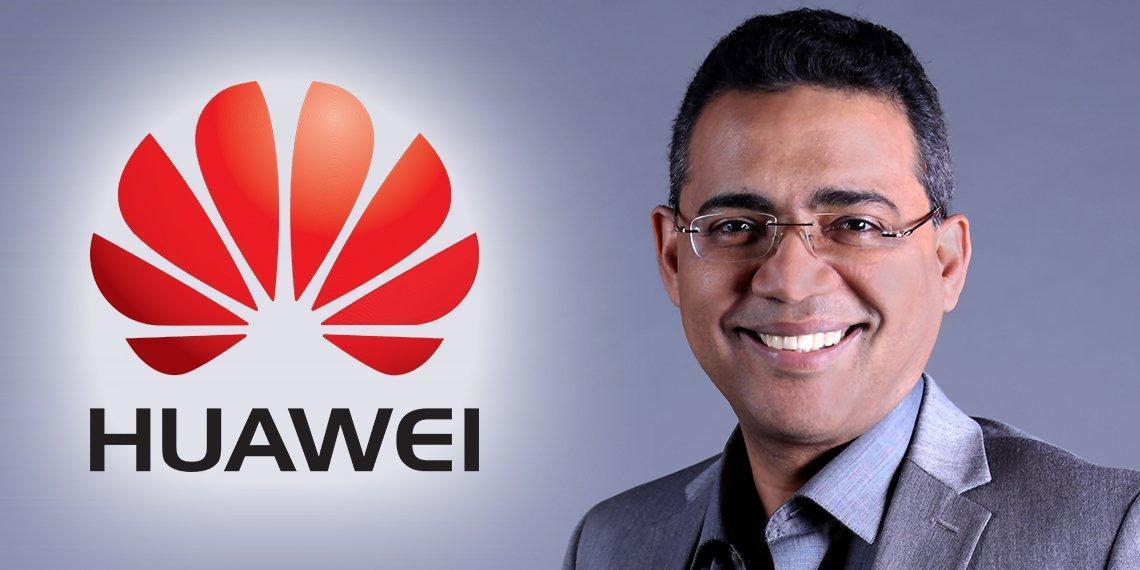Following the completion of 5G technology standards, Huawei, collaborating with operators and industry partners, will commercialize full-fledged 5G equipment to cover all use cases, Dr. Mohamed Madkour, Vice President, Global Wireless Networks Marketing at Huawei told Telecom Review at 5G MENA. Dr. Madkour believes 5G will be the tool responsible for merging the digital world and the physical worlds - digital in terms of services and physical in terms of what we do every day.
5G will bring efficiency and value to our daily lives, and advancement for the economy and overall growth for all industries, said Dr. Madkour. In terms of Huawei's strategy for 5G, he said the company focuses on specific areas of standardization, technical innovation, and spectrum harmonization. Huawei also strongly believes in industry collaboration in order to make 5G a reality.
Huawei fully supports 3GPP as a global harmonized standard for 5G. The 3rd Generation Partnership Project (3GPP) is a collaboration between groups of telecommunications associations, known as the Organizational Partners. Planned for September 2018, 3GPP is working towards Release 15 which will provide insights about the commercial standards for the technology.
After Release 15 has been completed, Huawei will release its first commercial equipment for 5G, said Dr. Madkour, which will "cover a group of use cases." 5G will cover various use cases, he said, including enhanced mobile broadband, massive machine type communications, and ultra-reliable low latency communications.
"The first release for 3GPP will cover the first aspect which is enhanced mobile broadband, and we [Huawei] will have the equipment ready by next year," said Dr. Madkour. "In 2019, 3GPP will cover all of the other use cases. Therefore by 2020, Huawei is committed to having the full-fledged equipment that will cover all of the 5G use cases."
Vision for the Middle East
Huawei presented its vision on 5G for the Middle East in November 2016 during the GSMA Mobile 360 Series event. The company believes 5G will pave the road to a fully connected world. Huawei has also made recommendations on how governments and operators can prepare for 5G in the Middle East, such as issuing new spectrum in the near future, unlocking the power of existing spectrum, and starting with NB-IoT (Narrowband-Internet of Things).
"It's very interesting to think about 5G not only in advanced markets, but also in emerging markets. In the Middle East, although some countries are still emerging markets, there are others that have already started talking about 5G," said Dr. Madkour.
UAE operator Etisalat, for example, says it will start testing 5G in 2018 and launch the technology commercially in 2019. Etisalat and Qatar-based Ooredoo are members of the 3GPP and will likely be the first telecom operators to launch 5G in the region.
Part of Huawei's current strategy is enabling carriers to prepare for the 5G era - not only thinking about 5G technologies, but also preparing contributing factors such as sites, which will be "even more important" when 5G comes into play, said Dr. Madkour. "We have to make sure that the sites are acquired in a very efficient way and cost-effective manner. We have to make sure that carriers are getting the most out of their sites now and optimizing what they have."
Dr. Madkour also emphasized the importance of putting focus into network architecture advancing to all-cloud network. Once operators have prepared for these aspects, said Dr. Madkour, 5G can be easily integrated into what they have.
Another important aspect of preparing for 5G is making the most out of current 4G networks. "Remember that even though we are talking about 5G, we have not even started the golden age of 4G and 4.5G," said Dr. Madkour. "There is still a lot to be achieved with 4G and 4.5G which will be evolved in parallel to 5G development."
One of Huawei's strategies is to pull key features from 5G and implement them into 4G, he said, such as Massive MIMO (Massive Multi-Input Multi-Output). Implementing 5G features into 4G helps to evolve 4G to support services such as Cellular -IoT, xGbps, and more.
"I don't think we have yet reached the ceiling of mobile broadband," said Dr. Madkour. "Looking at the Middle East, we believe that data volume will grow beyond 30 times in the next five years. You see a lot of usage in the Middle East particularly for high-definition video. I expect we will soon see a lot of VR and AR applications in the Gulf area. I am very bullish and optimistic about the growth of mobile broadband, but there are a lot of things that need to happen first, such as operators being diversified in terms of services."
Dr. Madkour explained how Huawei is working with operators in Kuwait that already support Massive MIMO which gives them the high speeds they need as one of the highest countries in terms of data consumption. Once those features are ready, he said, and it will be a solid foundation to the evolution of the future 5G network.









